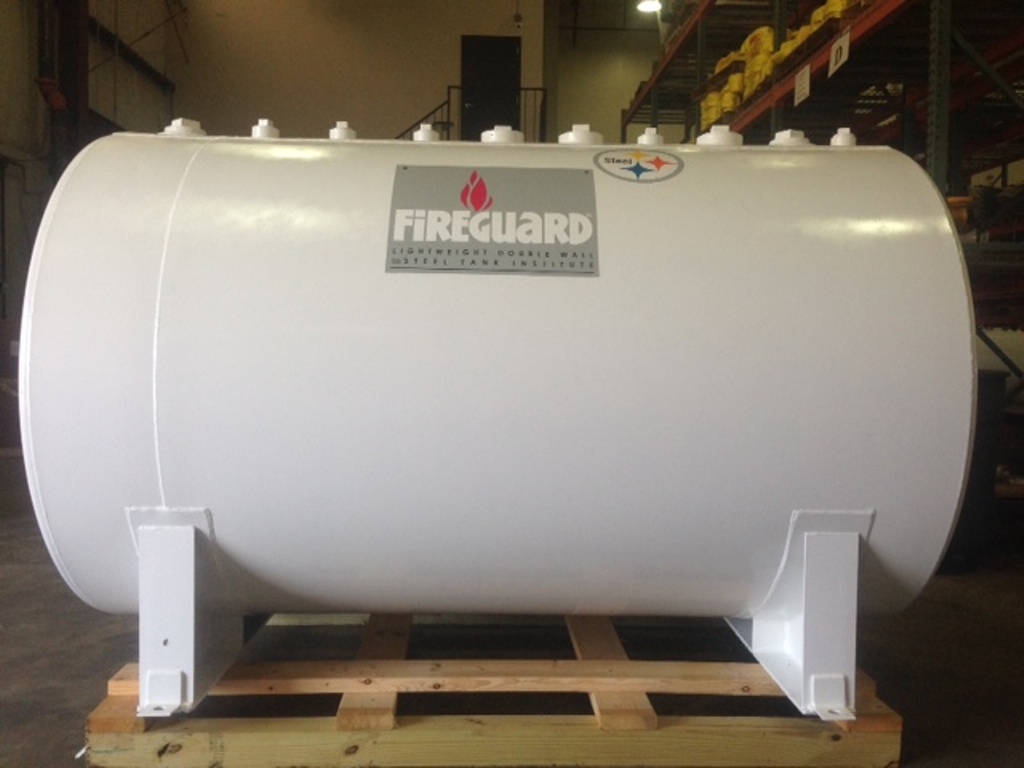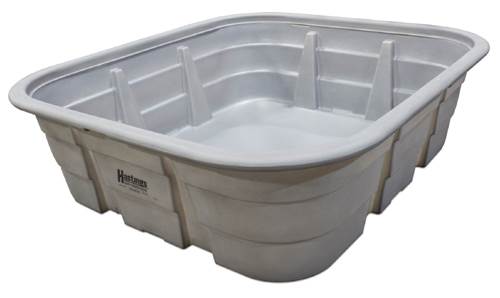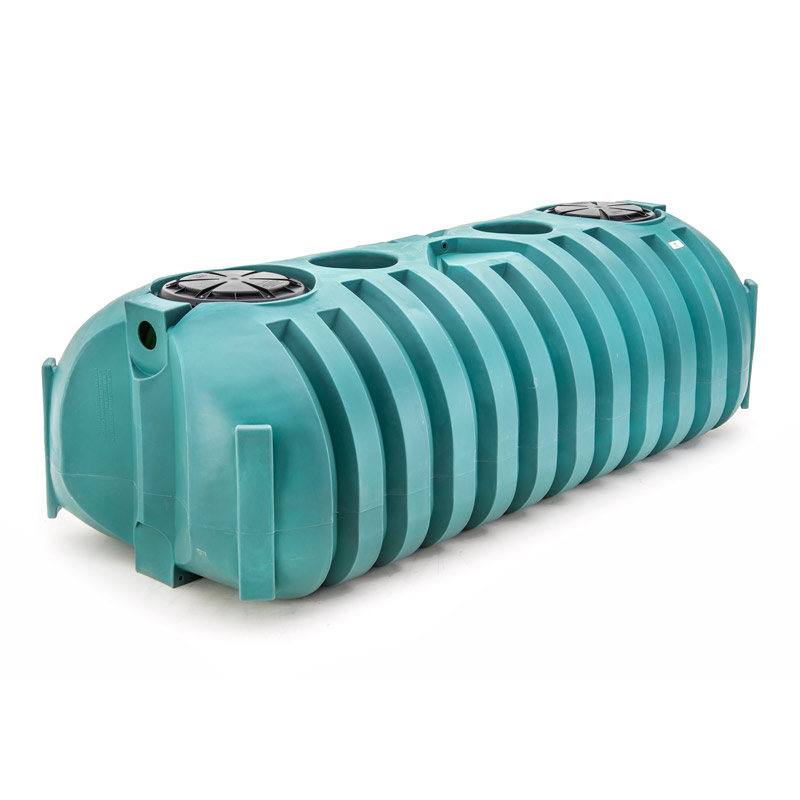A Newberry (UL 2085) Fireguard fuel tank is a specific type of double-wall aboveground fuel storage tank that has been certified by Underwriters Laboratories (UL) to meet certain standards for fire resistance and environmental protection. These tanks are designed to provide enhanced safety and protection against fire hazards, making them suitable for storing flammable liquids such as gasoline, diesel, and other petroleum-based products.
Key features and specifications of Newberry UL 2085 Fireguard tanks include:
- Double-Wall Construction: UL 2085 Fireguard tanks consist of an inner tank and an outer tank separated by an interstitial space. This double-wall construction provides secondary containment in case of a leak or rupture in the inner tank, reducing the risk of environmental contamination.
- Fire-Resistance: These tanks are designed to withstand exposure to fire for a specified period without compromising their structural integrity. They are tested and certified by UL to meet stringent fire-resistance standards, including resistance to fire exposure, hose stream, and temperature rise.
- Insulation: UL 2085 Fireguard tanks include a concrete-like insulation between the inner and outer walls to help maintain the temperature of the stored liquids and provide additional protection against fire.
- Leak Detection: Many UL 2085 Fireguard tanks are equipped with leak detection systems to monitor the interstitial space between the inner and outer walls for the presence of leaks or breaches.
- Corrosion Protection: These tanks may feature corrosion-resistant materials and coatings to withstand exposure to harsh environmental conditions and extend the service life of the tank.
Overall, Newberry UL 2085 Fireguard tanks offer a high level of safety and environmental protection for storing flammable liquids, making them suitable for various applications, including commercial, industrial, and military facilities. When purchasing or installing Newberry Fireguard tanks, it’s essential to ensure compliance with local regulations and building codes governing the storage of hazardous materials.




Leave a Reply